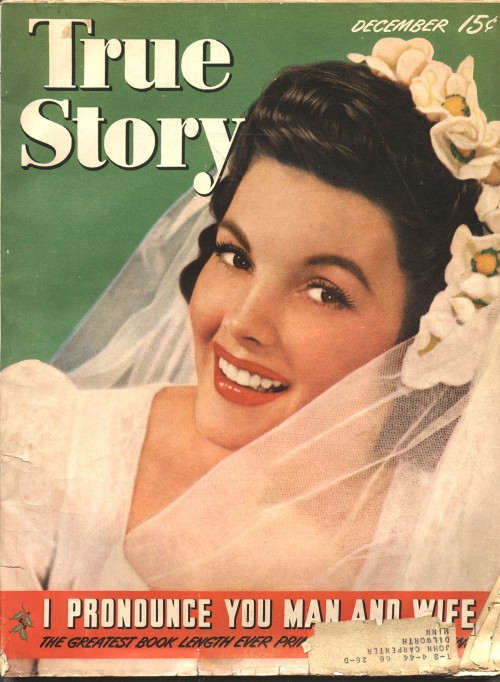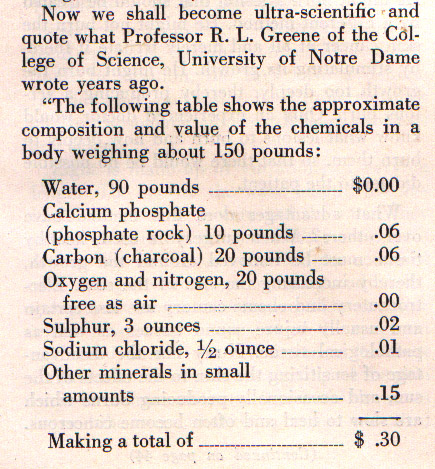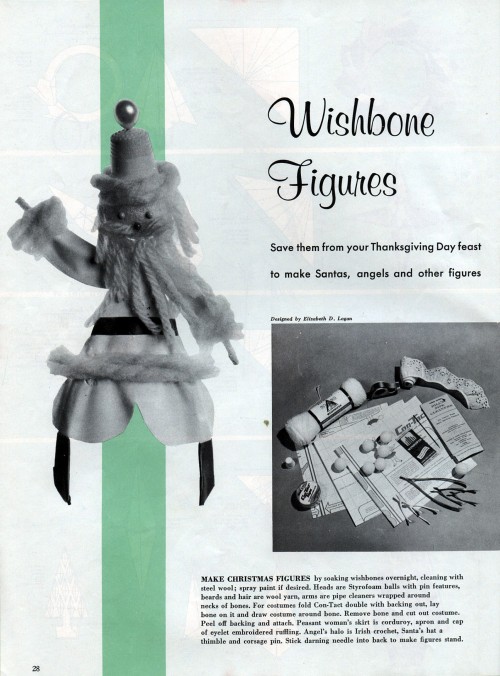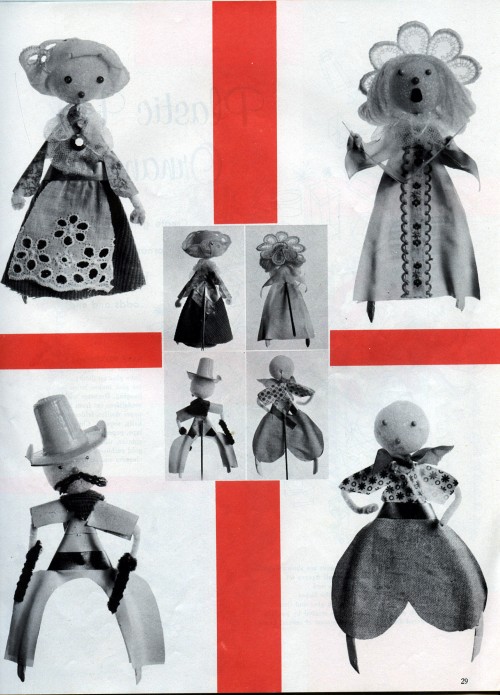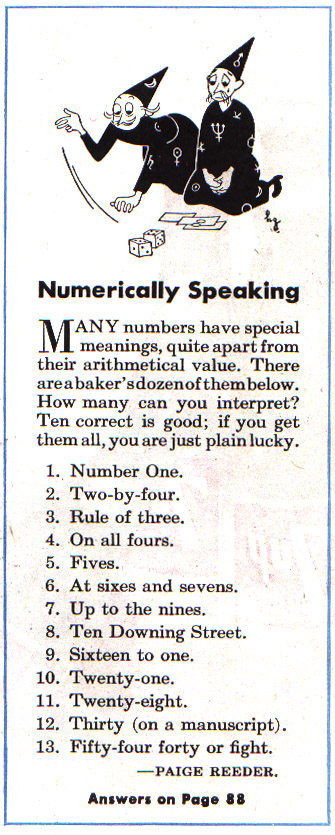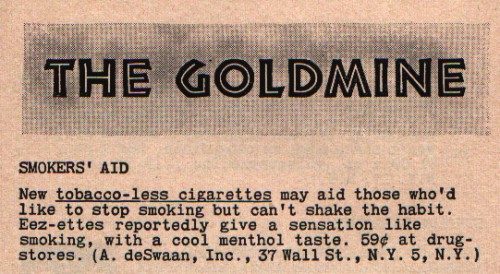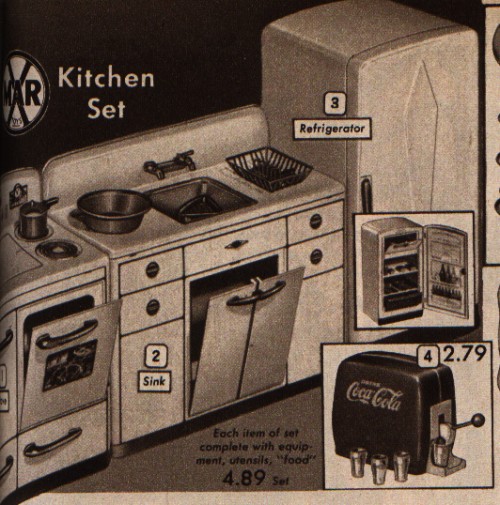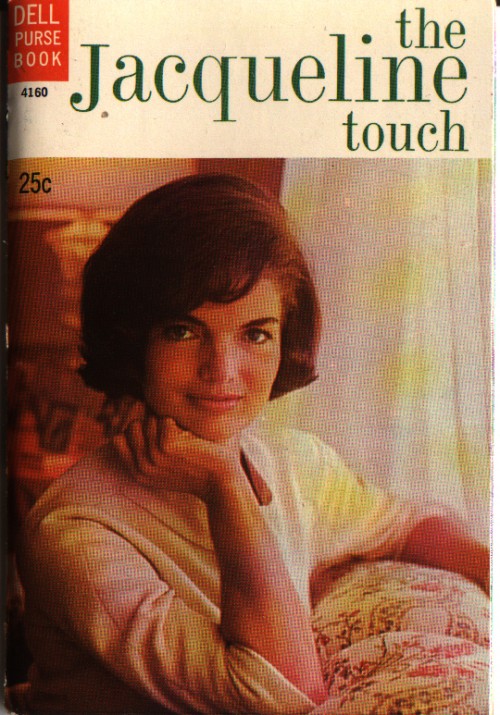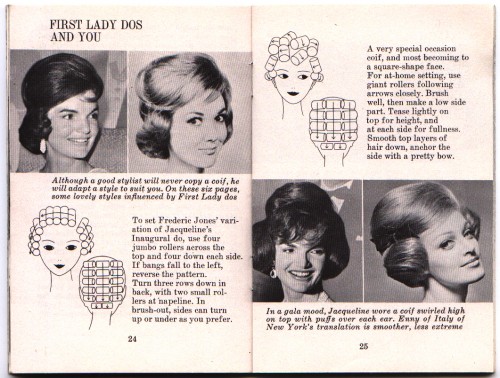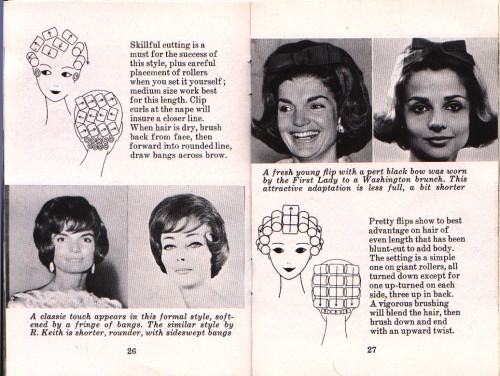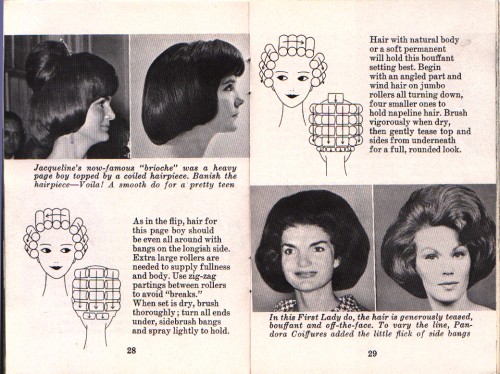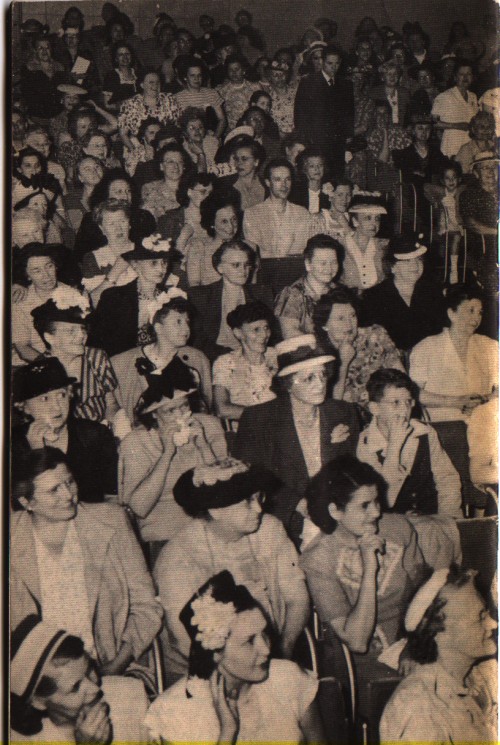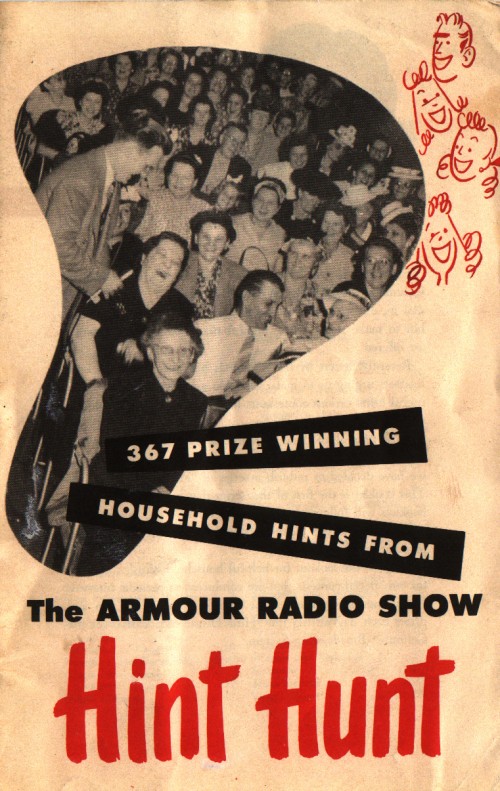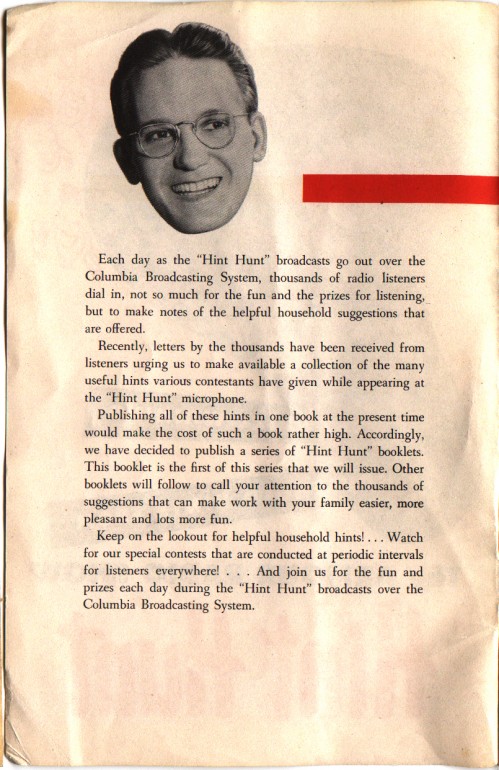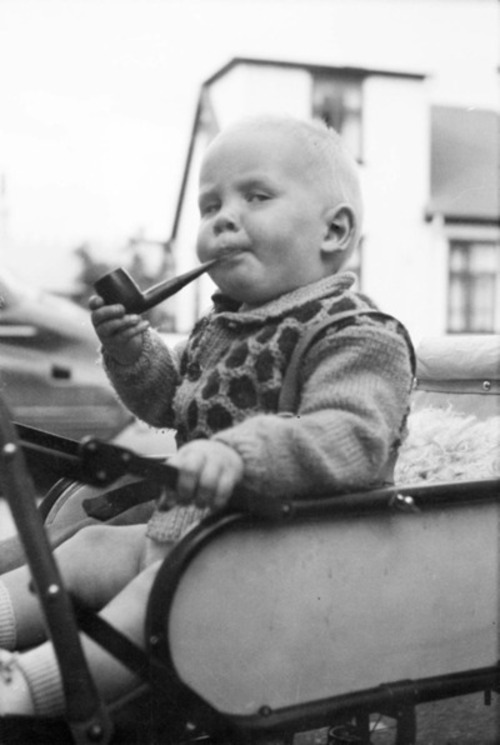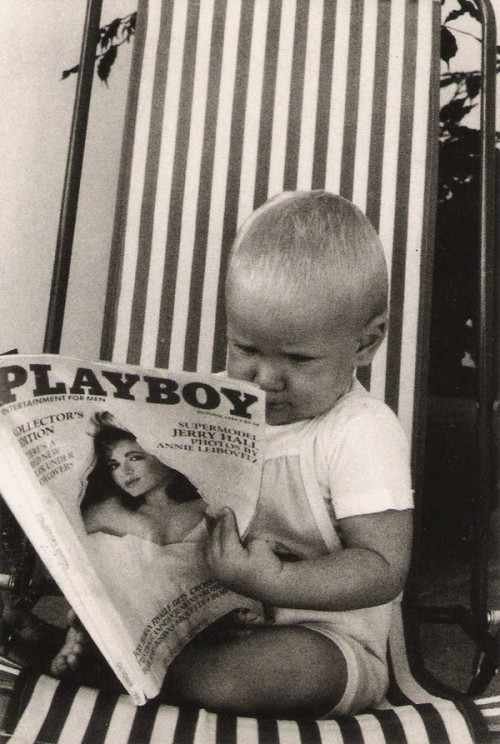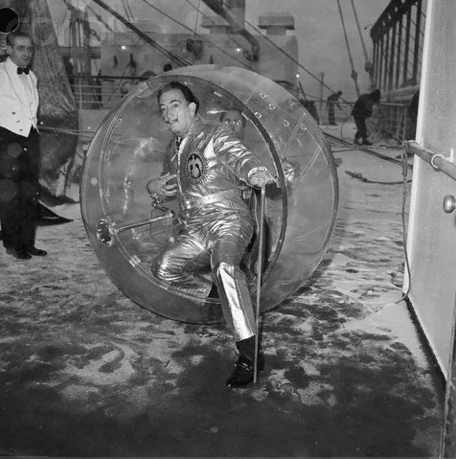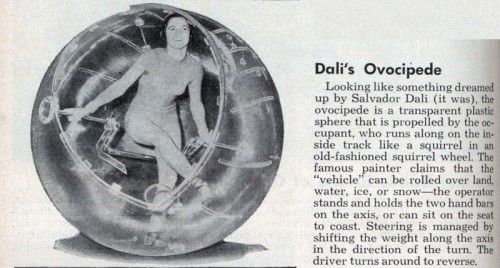Lucille Wilde wearing white on the cover of the December 1943 issue of True Story; Natural Color Photograph by Robert Keene.
Tag: vintage magazines
Before Organ Sales, Your Body Had A Street Value Of 30 Cents
The following table shows the approximate composition and value of the chemicals in a body weighing about 150 pounds.
This was published in What Is My Physical Make-Up? by Rasmus Alsaker, M.D. (No. 3 ABC Series, published in the July, 1957, issue of Health Culture, The Family Health Magazine).
Dr. Alsaker says this “ultra-scientific” quote comes from “what Professor R.L. Greene of the College of Science, University of Notre Dame wrote years ago.” So I’m not sure that the 30 cent street value was accurate even in 1957. But obviously organ harvesting renders our meat more valuable than our chemical content.
Make Breaking The Wishbone Personal
How? By dressing those wishbones up first.
Since this craft project idea comes from the 1962 New Ideas For Christmas, the Fawcett publication supposes you’ll have wishbones left over from Thanksgiving (How many wishbones does a turkey have?) — and the “wishbone figurine” suggestions are Santas, angels, etc.
But don’t be so limited in your thinking.
Why not save all the wishbones you can this holiday season (and whenever you can get them) and make little wishbone figures that look just like your ex, the guy foreclosing on your home or buying your repossessed storage unit, etc. That way when you break them, it will be much more therapeutic.
Numerically Speaking Quiz (1945)
From the August 4, 1945 issue of The Saturday Evening Post, a little quiz by “Paige Reeder.”
Many numbers have special meanings, quite apart from their arithmetical value. There are a baker’s dozen of them below. How many can you interpret? Ten correct is good; if you get them all, you are just plain lucky.
I was neither good nor lucky; neither was hubby. Let’s see how you do — without cheating and searching the internet. I’ll post the answers in the next few days.
PS Braniacs may want to check out past quizzes from the past in the Kitschy Kitschy Coo archives.
Tobacco-less Cigarettes, 1954
According to The Goldmine section in the September 22, 1954 issue of People Today magazine (which also tells the story of The Human Test Pattern), the announcement of a new smokers’ aid: Eez-ettes, the tobacco-less cigarettes, from A. deSwaan, Inc.:
Modern Woman Monday: What Little Girls Want For Christmas In The 50s
Do Your Do Like The First Lady In 1962
I normally don’t even look at JFK stuff; everyone saved all their Kennedy stuff, so the Age Of Camelot memorabilia is quite common. But when I spotted this 1962 Dell Purse Book, # 4160, The Jacqueline Touch, I had to pick it up because it seemed so unique to me.
I was rewarded with six pages of “First Lady Dos” — which I now share with you!
Just Ethel’s Luck
She finally got to the show, finally got a photo of her in her pretty hat published, and there Ethel is – blowing her nose. …Looks like Johnny’s eating a booger too. Oh, everyone was so proud.
This is the back cover of “367 prize winning household hints” from The Armour Radio Show Hint Hunt, a booklet from the daily CBS radio show. (Some tips are better than others — or at least the prizes awarded would be different.)
According to the booklet, which looks to be from the 1940s, there was to be a series of Hint Hunt booklets; however, this is the only booklet I’ve seen, the dirty rotten liars.
(Vintage) Boys Behaving Badly
Perhaps it’s because years of leafing through vintage magazines has left me rather immune to (at least the original) shock of seeing babies sucking on pipes and nursing from other tobacco sources (well, that and the knowledge that kids with tobacco is prevalent in other places) that I’m struck more by the second image…
Taken only in 1986, it’s difficult to recall a world in which such photos — taken in as film and processed, yet — would not result in a visit from child protective services.
Photos found via adski kafeteri at LJ.
Salvador Dali: The Boy In The Bubble
Time magazine (January 4, 1960) says Dali’s space age suit is gold, not silver as your black & white photograph reading brain might tell you. Also that article describes the Ovocipede as “a transparent plastic sphere that rolls merrily along while its operator sits comfortably.” Can anyone say “hamster ball”?
More from the April 1960 issue of Popular Mechanics:
Found via Pour 15 Minutes, which gives a date of December, 1959; the Fanantique photos are from the December 7, 1972 presentation at the Palais des glaces. (Just four years later, I would see Travolta star in The Boy In The Plastic Bubble. I probably cried.)
Normally I don’t recommend asking “why” when it comes to Dali; I believe his greatest talent ultimately lay in his ability to live life — and not asking about limits. However, it appears Dali didn’t drive and eschewed air travel until late in his life, so perhaps that’s why he invented such a mode of transportation.
